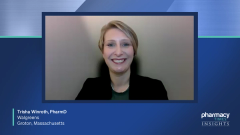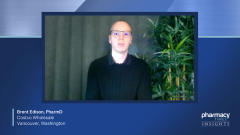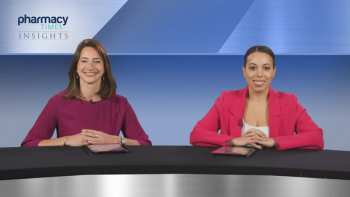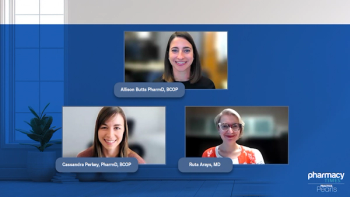
Gaps in Care in the Management of Shingles
An expert discusses how low shingles vaccination rates stem from gaps in patient education, cost concerns, and access barriers, emphasizing that clear communication about vaccine efficacy, reduced out-of-pocket costs, and targeted outreach are key to increasing uptake, especially among older and rural populations.
Episodes in this series

Vaccination rates for shingles remain low, with only about 43% of adults aged 60 years and older having received at least 1 dose, according to recent CDC data. The primary issue appears to be a lack of patient education. Many individuals are unaware of what shingles is, the associated risks, or that they’re even eligible for the vaccine. Providing patients with data—such as the vaccine’s 97% efficacy in preventing shingles and 91% efficacy in treating postherpetic neuralgia—can improve understanding and motivation. Educational materials, including visuals and explanations about complications like eye damage or chronic leg pain, can further support informed decision-making.
Improving vaccine uptake also requires addressing financial barriers. Cost is a frequently cited reason for declining the shingles vaccine, especially among older adults. However, the Inflation Reduction Act of 2022 has helped reduce or eliminate out-of-pocket expenses for many Medicare Part D beneficiaries. Communicating this change to patients often increases willingness to get vaccinated, especially when they learn the vaccine could otherwise cost around $500. Conversations about cost, eligibility, and the broader benefits of immunization are proving to be effective strategies for overcoming hesitancy.
Access remains another significant barrier, particularly in rural areas. Patients living an hour or more from a pharmacy may not prioritize vaccination, even when reminders are given. In these cases, limited provider availability and travel burdens contribute to care gaps. Increasing education and communication, coupled with policy changes that reduce cost and expand vaccine availability, are crucial to closing this gap. Multiple patient touchpoints—through counseling, handouts, or follow-up appointments—can help ensure that eligible individuals are aware, equipped, and encouraged to receive the shingles vaccine.
Newsletter
Stay informed on drug updates, treatment guidelines, and pharmacy practice trends—subscribe to Pharmacy Times for weekly clinical insights.





















































































































































































































